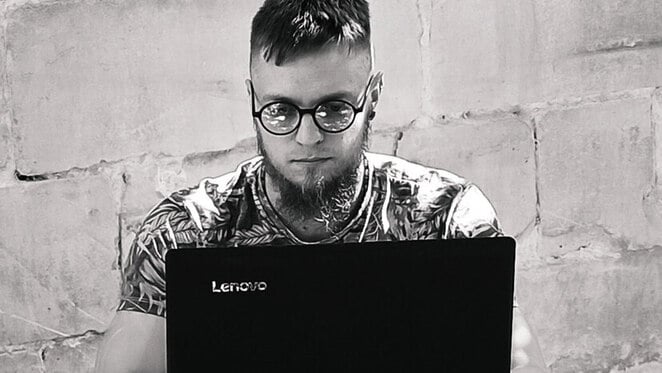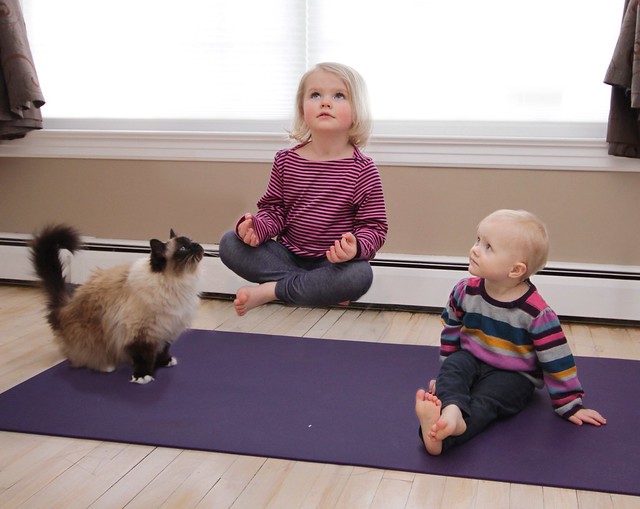Meditation and Emotional Regulation for Kids
This is a guest post by Vytautas Vaitkevicius from Minful Souls.
During the Covid-19 pandemic, meditation and mindful practices have become a part of more people’s lives than usual. According to data collected by FitBit, meditation times have increased by 2,900% globally over the first seven months of the pandemic alone. Given that we’ve all been living in stressful times, we’re bound to seek ways to relieve stress and learn to be content.
While adults can use various mindful techniques to find peace during these unusual times, children are not often taught how to handle such stressful situations. So if there was a great time to introduce your child to meditation, it’s now!
Let’s look through the benefits of meditation, what age to start introducing your children to mindful techniques, and a few different ways to get your kids engaged with meditation.
What does Mindful Emotional Intelligence Mean for Kids?
One of the biggest reasons children are recommended to start meditating is to improve their emotional intelligence. Not only does it help them become more self-aware about their emotions, but it also teaches them how to recognize them and handle them correctly – an essential thing that would make puberty a lot easier for most kids.
Research shows that mindfulness and emotional intelligence leads adolescents to increased attentiveness, anxiety reduction, impulse control, lower risk of burnout, and better academic performance. Over time, this emotional intelligence develops into essential empathy, humility, and active listening skills.
Another study on high school students showed that mindful practices and emotional regulation can help with self-acceptance and decrease tiredness levels.
How Young is too Young?
Evidence shows that starting at ages 4 to 5, kids already have a fully developed self-awareness and can follow a thought process. At the same time, children slowly begin to grasp the concept that other people’s actions are influenced by their desires that don’t always correlate with their own. Keeping this complexity in mind, it’s safe to say that ages 4 to 5 would be a great time to introduce meditation. Of course, if your toddler seems engaged, you can always try a bit sooner.
Some might say that starting this early might not work due to the kids’ inattentiveness. However, Lorraine Murray, the author of Calm Kids: Help Children Relax with Mindful Activities, encourages parents not to forget that kids are generally very receptive and curious about new experiences while being completely honest about things they like.
There’s none of that fake engagement out of politeness that adults do. Andy Puddicombe, the co-founder of the mindfulness app Headspace and former Buddhist monk, claims that we might even get surprised at how easy meditation comes to children and how they seem to get it as if it has been designed for kids.
Where to Begin?
Youngest Learners
If you’d want to engage your toddler in mindful activities when they’re 3 to 4 years old, you absolutely can! Their meditation can look like a series of mindful movements, not necessarily keeping still. According to Murray, it’s great to engage with your kid by asking them to think about something happy and touch their body parts to feel that particular emotion. If your kid shows you where they feel a negative emotion, try taking some deep breaths with them to see if the sensation can go away.
Mindful Preschoolers
Starting at the age of 4, kids are fully capable of following a story that opens the gates for guided meditation.
You can try this exercise at the end of the day when your kid is already lying down and naturally relaxed. Gently guide them from head to toe, asking them to pay attention to how each body part feels. It’s a good idea to wrap the meditation around a cohesive story – make up a fairytale about something they’re interested in to keep them engaged.
Five and Up
If you’re someone who practices mindfulness yourself, it would be a great idea to let your five-year-old join you in your practice instead. Research shows that kids tend to model their behavioral patterns after their parents, which gives you a perfect opportunity for a new way to engage your kid in meditation. Moreover, practicing mindful techniques together allows you to have a unique shared hobby which is beneficial for the child’s development.
If sitting still is hard for your kid, try to get the body moving – no one said sitting criss-cross applesauce was the only way to be mindful! If your child can’t sit still while doing a body scan, yoga for kids is an excellent alternative. Connecting and being aware of your body can be engaging and exciting.
Conclusion
Childhood and adolescence can be emotionally challenging when these emotions are left unattended. Starting to engage your children in mindful practices from an early age leads to a greater emotional intelligence which helps them better understand and manage their emotions daily.

Vytautas is an enthusiastic freelance writer and creator on behalf of Mindful Souls. He has a strong passion for exploring the boundaries of life through the written word!





